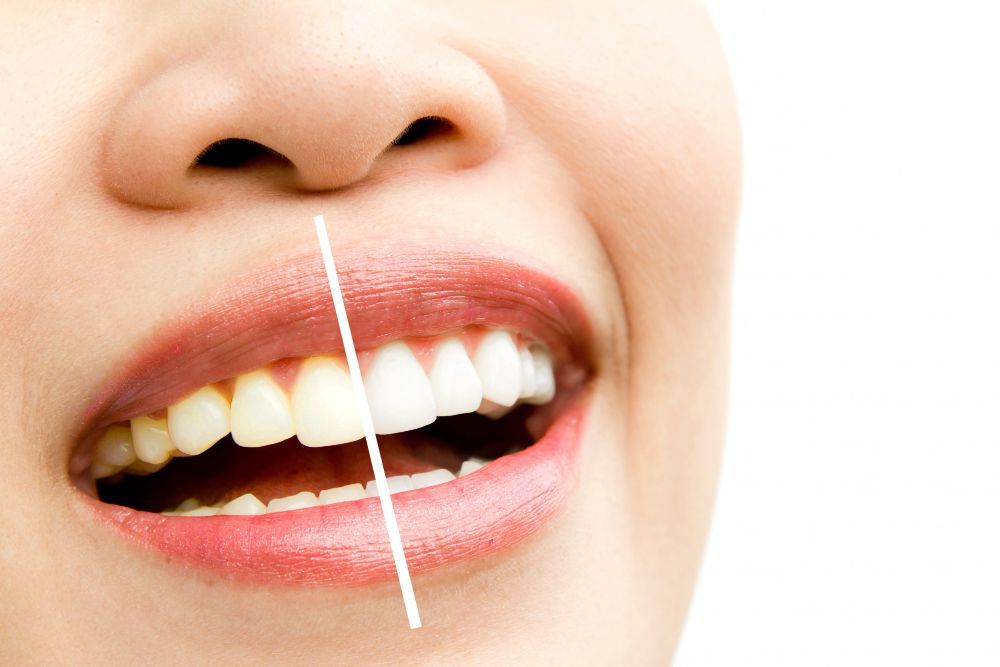Phase I Orthodontic Treatment for Children: Early Intervention Strategies
Parents often wonder: When is the right time for my child to see an orthodontist? While braces are commonly associated with teenagers, many orthodontic issues can be identified—and even corrected—much earlier. This is where Phase I orthodontic treatment comes in.
Phase I treatment, also known as early interceptive orthodontics, focuses on guiding jaw growth, creating space for permanent teeth, and correcting functional problems before they become more complex. For families in El Paso, understanding early intervention strategies can help set the stage for a lifetime of healthy smiles.
What Is Phase I Orthodontic Treatment?
Phase I orthodontics is the first stage of treatment performed on young children, usually between the ages of 6 and 10, when they still have a mix of baby and permanent teeth. The goal is not necessarily to achieve a perfect smile right away, but to correct growth-related issues that could lead to bigger problems later.
Common Goals of Phase I Treatment
- Correcting Bite Problems: Such as underbites, crossbites, and open bites.
- Creating Space: For crowded permanent teeth to come in properly.
- Guiding Jaw Growth: Encouraging proper development of the upper and lower jaws.
- Improving Oral Habits: Addressing thumb-sucking, tongue thrusting, or mouth breathing.
- Boosting Confidence: Giving children a healthier, more balanced smile during important developmental years.
By intervening early, orthodontists can often reduce the need for more extensive treatment in the teen years.
Early Intervention Strategies
When planning Phase I treatment, orthodontists use a range of strategies tailored to each child’s needs.
Appliances and Techniques
- Palatal Expanders: Widen the upper jaw to correct crossbites and create space.
- Partial Braces: Used on front teeth to correct early crowding or misalignment.
- Space Maintainers: Preserve space for permanent teeth if baby teeth are lost early.
- Habit Appliances: Help discourage thumb-sucking or tongue thrusting.
- Headgear or Functional Appliances: Guide jaw growth for overbites or underbites.
Timing Matters
The American Association of Orthodontists recommends children see an orthodontist by age 7. This allows orthodontists to detect issues early and determine if Phase I treatment is necessary or if monitoring is sufficient until later years.
What Parents Can Expect
If your child needs Phase I treatment, here’s what the process typically looks like:
- Initial Consultation
An orthodontist performs an exam, takes X-rays, and reviews growth patterns to decide if intervention is needed. - Customized Treatment Plan
Based on the diagnosis, the orthodontist recommends appliances or strategies. - Active Treatment Phase
Appliances or braces are placed. Treatment may last from 6 to 18 months depending on the case. - Retention and Monitoring
Once Phase I is complete, children often wear a retainer while waiting for permanent teeth to fully erupt. - Phase II (if needed)
Around age 12–14, many children will need Phase II treatment, usually full braces or aligners, to fine-tune the bite and smile. However, early intervention usually makes Phase II shorter and simpler.
Frequently Asked Questions
Why does my child need treatment so young?
Phase I treatment addresses problems with jaw growth or severe misalignment before they worsen, making later treatment easier and more effective.
Will my child still need braces later?
Yes, many children need Phase II treatment during their teen years, but it’s often shorter and less complex thanks to Phase I.
Is Phase I treatment painful?
Children may feel mild pressure or soreness as appliances adjust their teeth and jaws, but discomfort is temporary and manageable.
How do I know if my child needs Phase I treatment?
Signs include crowded or spaced teeth, early loss of baby teeth, difficulty chewing, mouth breathing, thumb-sucking, or visibly misaligned jaws.
How long does Phase I treatment last?
Typically 6–18 months, depending on the appliances used and the child’s needs.
Conclusion
Phase I orthodontic treatment gives children a head start on a lifetime of healthy smiles. By guiding jaw growth, creating space, and correcting early issues, it prevents more complicated problems in the future.
For families in El Paso,
Hansen Orthodontics offers comprehensive evaluations and personalized early intervention strategies. With modern technology and a caring approach, Dr. Hansen and his team make sure children receive the right care at the right time.


